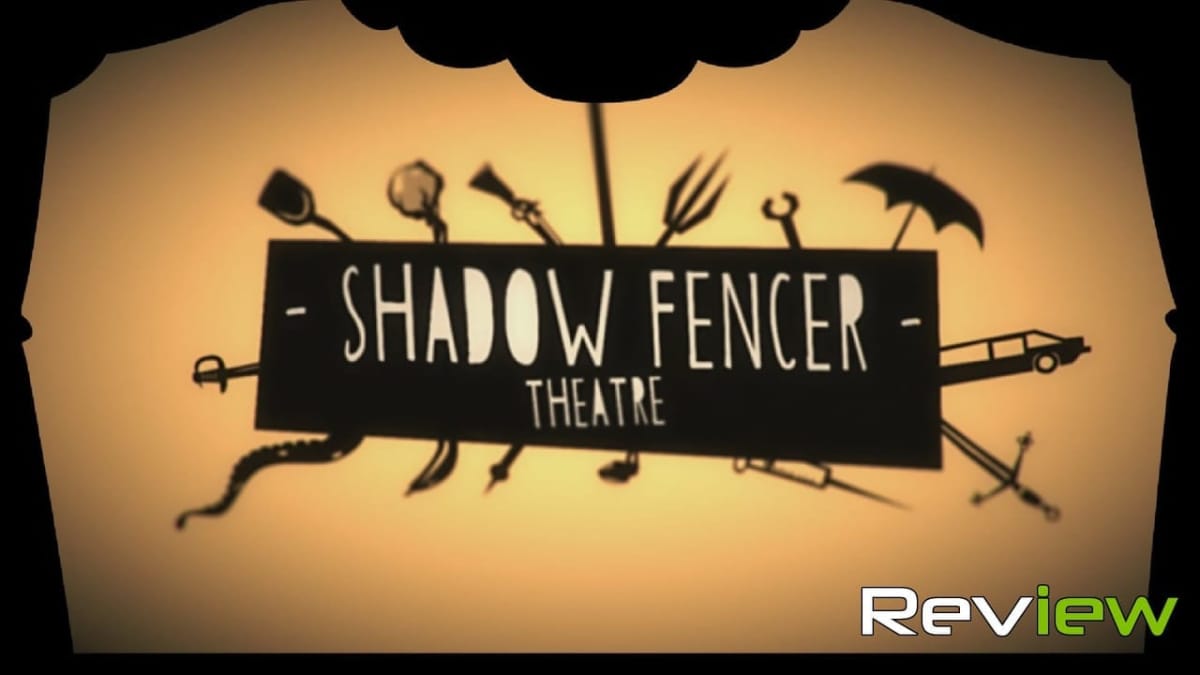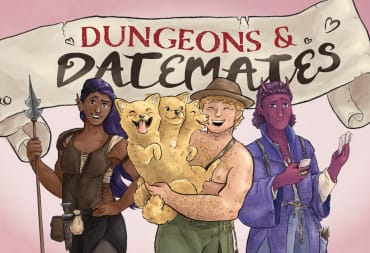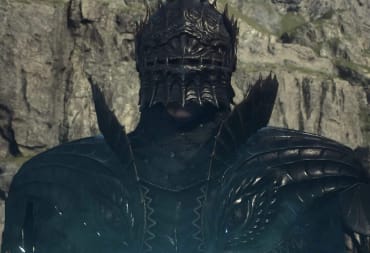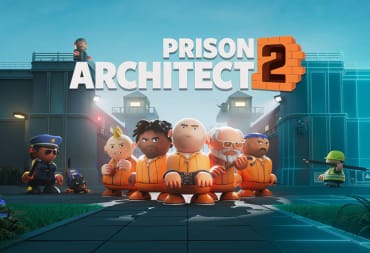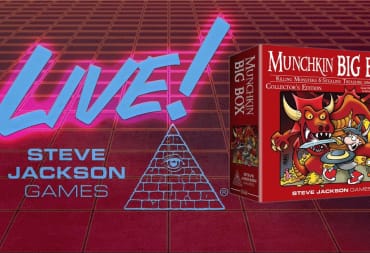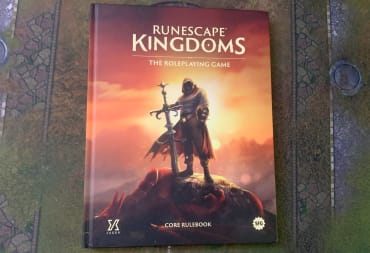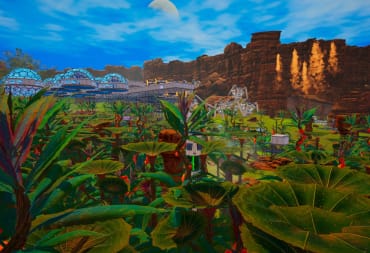My favorite thing about indie games is that you never know what you’re going to get. Indie developers take big risks, having no inkling if their crazy ideas will pay off. Take Shadow Fencer Theatre for example; it’s a bizarre combination of QWOP-style dueling and physics minigames set to the backdrop of an immersive, photorealistic shadow puppet show. Developer ShuddaHaddaLottaFun comes off as modest. Truth is, I did have a lot of fun.
Shadow Fencer Theatre throws you right into the action. You play a character from a shadow theatre vignette, usually the bad guy. Using your floppy triple-jointed physics arm, you must poke your opponent before they poke you. I'm not sure, but I think Story Mode enemies have their own personalities. The mad doctor, for example, flails wildly while the ghost seems to deliberately whip its chains.
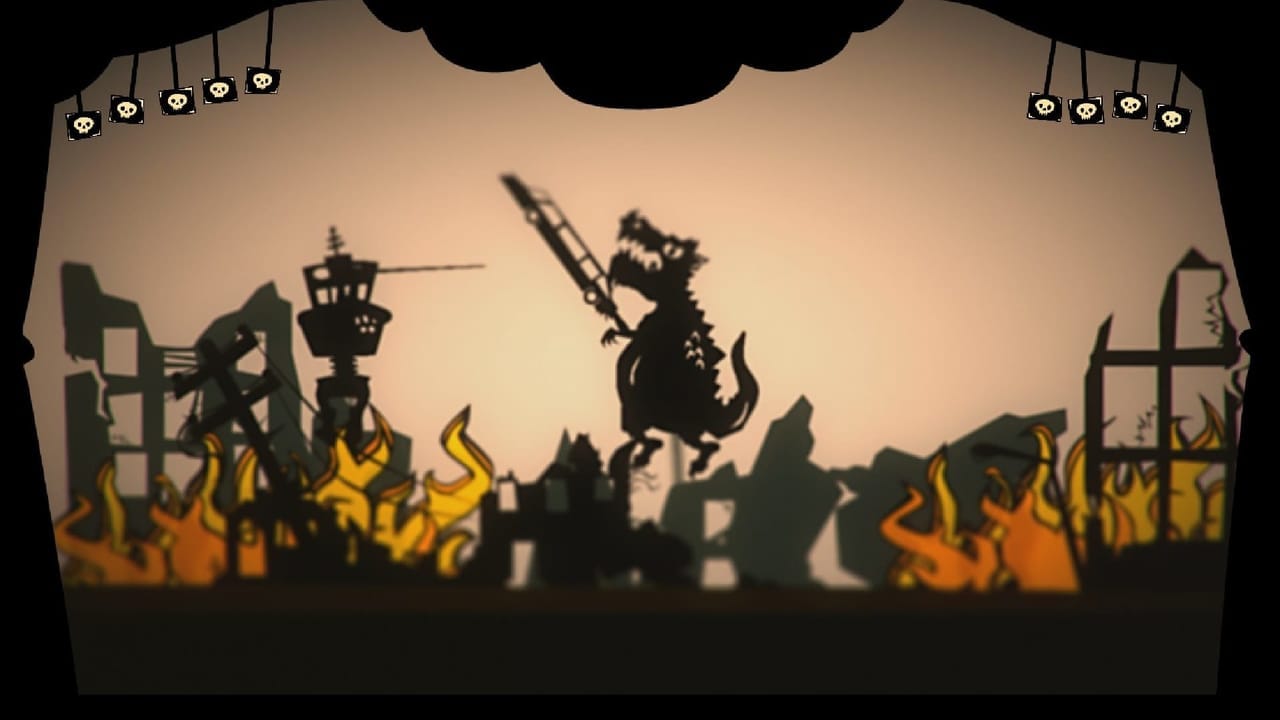
Story mode starts each player with five lives. When both players have one life, they each gain an extra life. This one mechanic left me leaning toward the screen again and again. Being seconds from failure, knowing that one more win will level the playing field makes all the difference. The “Extra Takes” feature is like a reset button that gives you some breathing room. If you lose a life, you can get even more extra takes by hitting your opponent one more time. This creates a fantastic rivalry between you and your opponent. It's exhilarating to finally conquer your foe after playing through four rounds of extra lives.
Stretching Shadow Fencer Theatre’s Run Time
Shadow Fencer Theatre features three sword fighting modes, all slight variations on the same idea. Besides the five lives model, there’s also the life stealer mode where both parties start with five lives that change hands after each riposte. There’s also a mode with a score counter and unlimited lives, which is less tense and more relaxing.
Minigames serve as intermissions during the story. These tend to be more QWOP-inspired than the fencing. One has you rowing a boat across the screen in under 30 seconds. Another has you playing an impossibly clumsy spider with a human face. These minigames are exactly what Shadow Fencer Theatre needed. Minigames inject just enough variety and help to prop up the swordplay. Unfortunately, I was never able to get the knife throwing minigame to work.
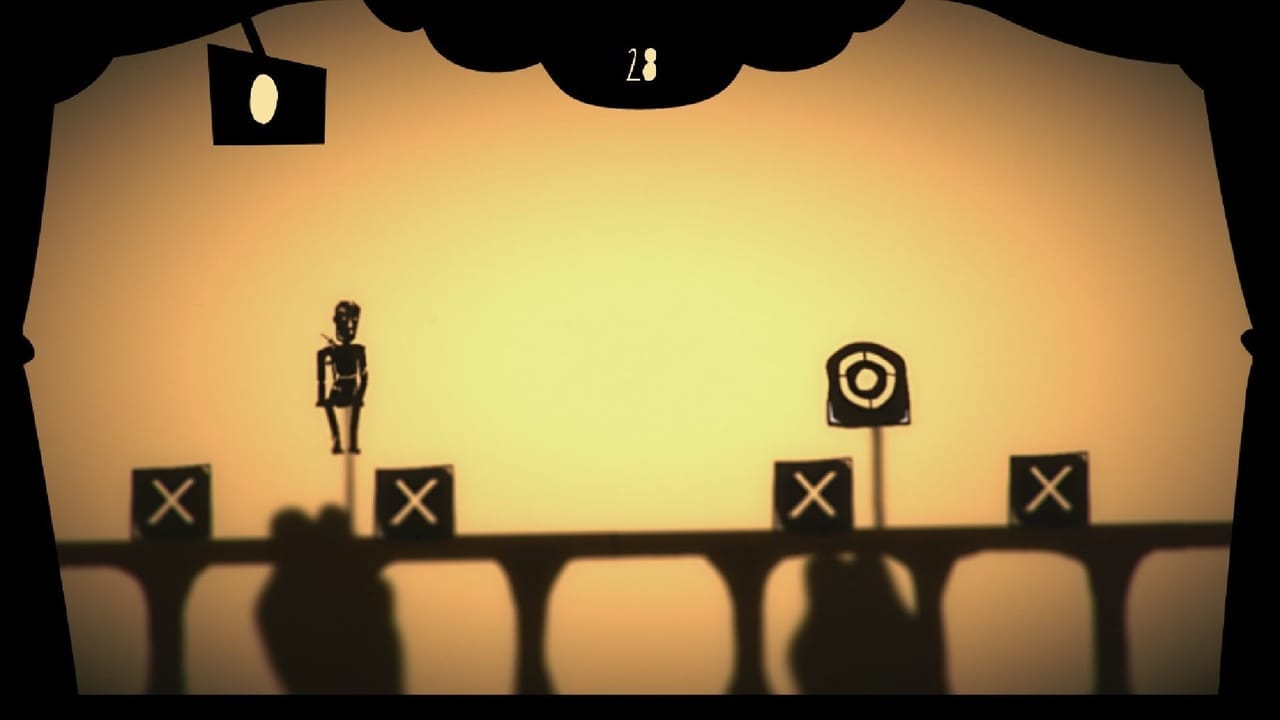
Whether you’re fencing or in a minigame, you have the option to throw your weapon. It’s probably my fault for not understanding the timing, but neither I nor my couch co-op friend could figure out how to throw. Pressing the throw button, even at the peak of an arm-spinning arc, caused the weapon to fall to the floor, forcing us both to finish the fight with fisticuffs.
Shadow Fencer Theatre really shines in the local multiplayer. It’s fun alone, but it’s better with a friend. My couch buddy and I were laughing nonstop and almost yelling as we struggled against the controls and each other. It captures the magic of co-op Octodad, but you’re purposely working against the other player. The only downside to multiplayer, and it’s a big one, is the lack of online play.
Shadow Fencer Theatre Review | Beautifully Immersive
Gameplay is great, but the art style keeps it together. Shadow Fencer Theatre’s uniqueness never goes away. The main menu has that distinctive silhouetted look and you can always see the lifelike hand of your puppet operator. Even the credits adhere to the shadow puppet style. It’s a complete commitment to the concept and its effective at anchoring your expectations and keeping you in this world of canvas and shadow.
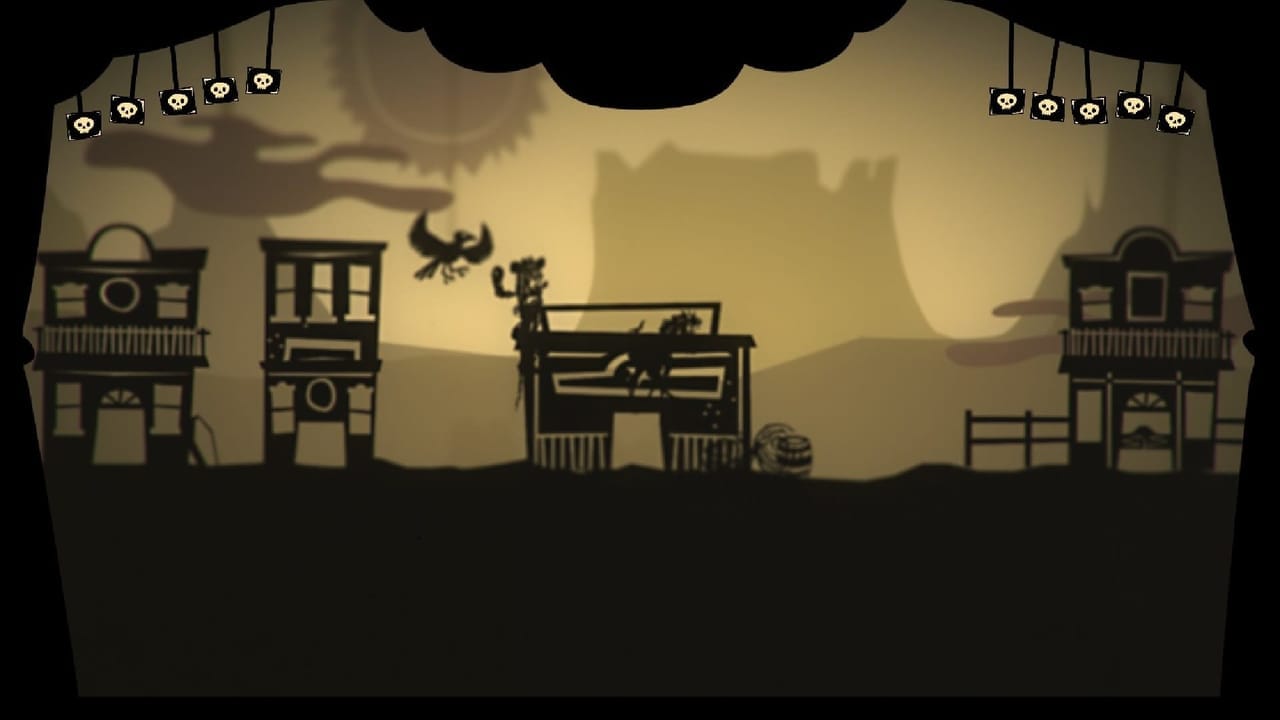
At times, the art style literally overshadows gameplay. Large-scale settings like the wild west town and the twin castles are perhaps too elaborate. The camera zooms out for these scenes, making your fighters smaller and less detailed. This also makes it difficult to read their actions. Some props, especially buildings are the same color as the characters. This makes it difficult to figure out what's going on.
The soundtrack pairs well with the visuals. Each song takes a familiar tune, usually a classical song, and modernizes it with instrumentals and satisfying wubs. It’s almost like electro swing, but heavy and jazzy. It is difficult to describe, yet it fits perfectly. The music brings tension to the exhilaration of those quadruple overtime deathmatches.
Shadow Fencer Theatre is everything I like in an indie game. It’s a fun, slightly frustrating idea paired with unique visuals and a great soundtrack. It’s clearly a labor of love, dedicated to its theme. Perfectly contextualized minigames effectively diversify the gameplay. Though very short, Shadow Fencer Theatre offers enough side content, customizable battles, and local multiplayer to make for the kind of casual game perfect for your next couch co-op game night.
TechRaptor reviewed Shadow Fencer Theatre on PC via Steam with a copy provided by the developer.
Review Summary
Pros
- Silly Sword Play
- Immersive Art Style
- Difficult, But Never Frustrating.
- Physics-Based Minigames
- Memorable Soundtrack
Cons
- No Online Multiplayer
- Very Short Story Mode
- Sword Throwing
- Some Scenery Obscures Fighters
Have a tip, or want to point out something we missed? Leave a Comment or e-mail us at tips@techraptor.net
